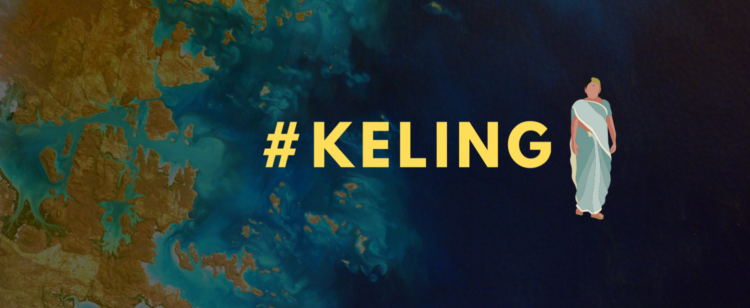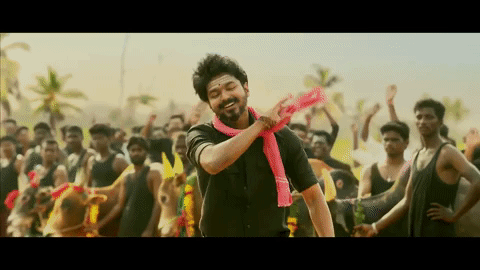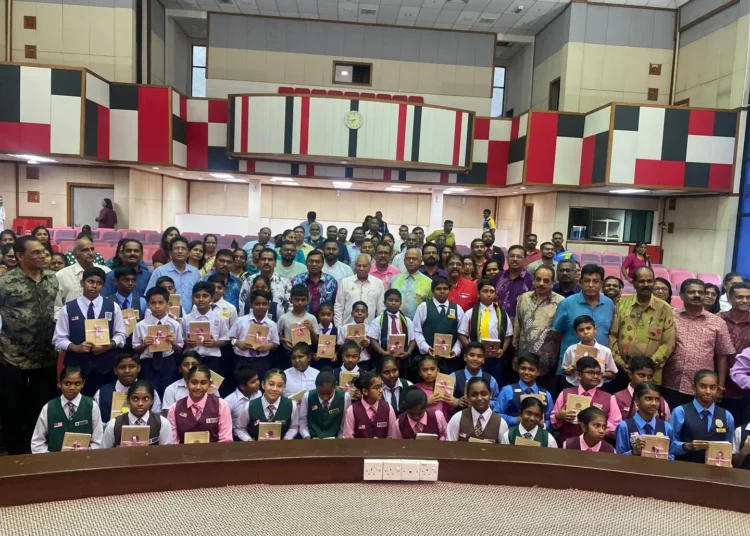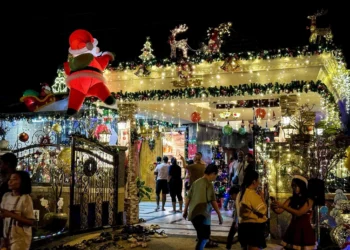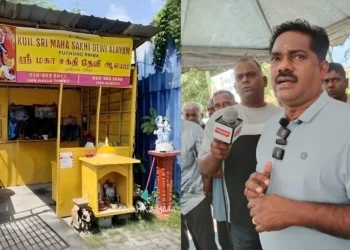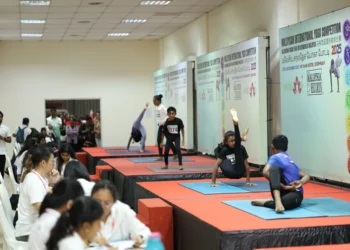“Keling” – A word that is sure to make all heads turn and even get a few of us to feel very indignant.
Malaysian Indians for years have been mocked, scolded and shamed under the word ‘keling’ which many of us take offence when this inappropriate word is muttered out of someone’s mouth.
Interestingly, This Degrading name has various definitions depicted to it, some say its because of our skin colour, some say its due to the sound from the ornaments we wear but the true meaning of it still seems well deceived.
Without further ado, let’s take a trip back in history to discover the REAL reason we are called “Keling” despite being civilised and developed as a community and nation.

“Keling” is a term used among native Malaysians and Indonesians to identify individuals that originated from the Indian subcontinent.
The majority of Malaysian Indians now generally regard “keling” as a very provocative and offensive word.
India was then referred to as Benua Keling by the Malay community.
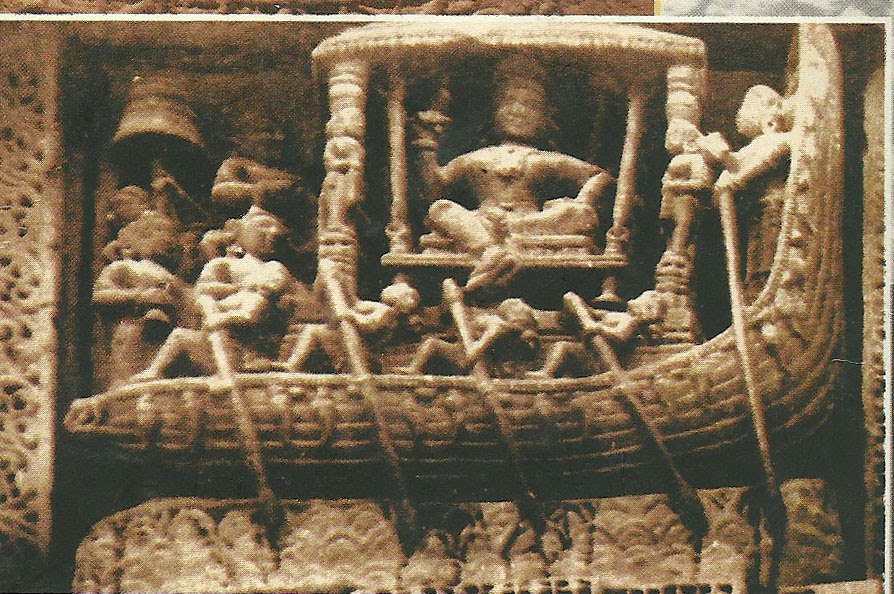
Picture Illustrates The Kalinga Rulers Ways Of Marine Travelling
Indians were regarded as “Keling” during the rule of the KalinGGa Kingdom In India Due To Their Origins From KalingGa.
In southeast India, the ancient Indian Kalinga was found in present-day Orissa and northern Andhra Pradesh. On that note, an Indonesian kingdom was even named Kalingga in the 7th century.
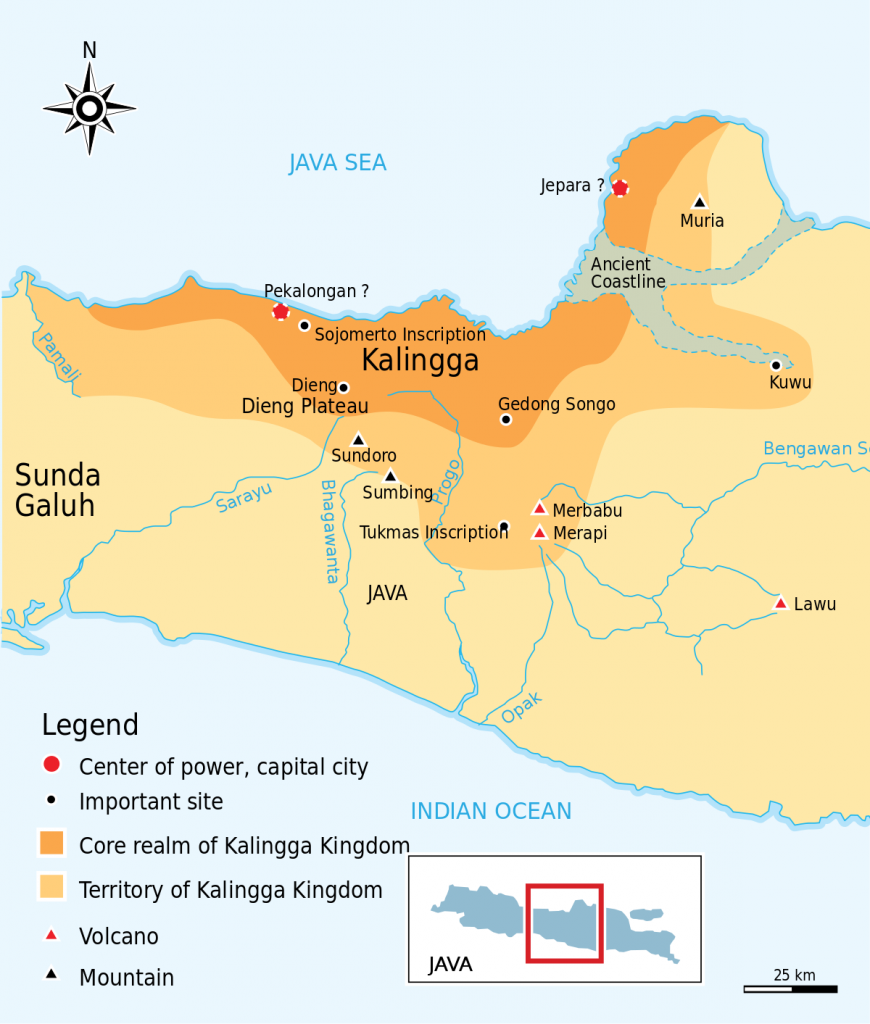
Interesting isn’t it? Now, wait there’s more!
Chinese records identify this kingdom as a centre for Buddhist scholars around 604 CE, before the Sanjaya or Mataram Kingdom dominated it. Ratu Sima from the Kalingga continent was by far the most influential Kalingga king to ever exist.
Based on a documentation made in the 15th century, our Sejarah Melayu used the word “keling” to relate to India and actually linked Indian princes to the roots of Malay sultans.
Wow, that is quite impressive!

The word “keling” wasn’t really deemed offensive or derogatory according to Castanheda, a Portuguese traveller who lived in Malacca, from 1528 to 1538.
He mentioned that the word “Keling” was birthed due to the place they merely originated from.
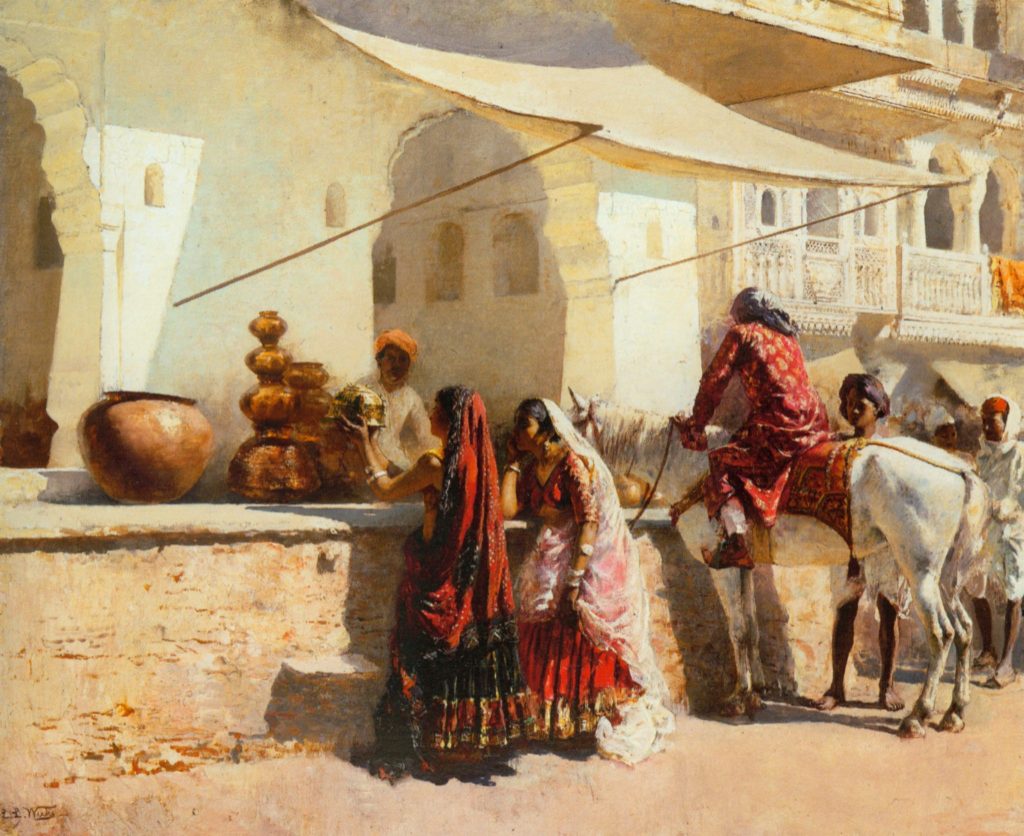
Kalingga is actually a region in India that is unprecedented and very historic. It is widely known as the eastern coastal region between the Mahanadi and the Godavari rivers, although its borders have oscillated with the realm of its rulers.
The Kalinggas are even touched in the legendary Mahabharata text as a significant community. As a result of the Kalingga war, the region came under Mauryan control in the 3rd century BCE.
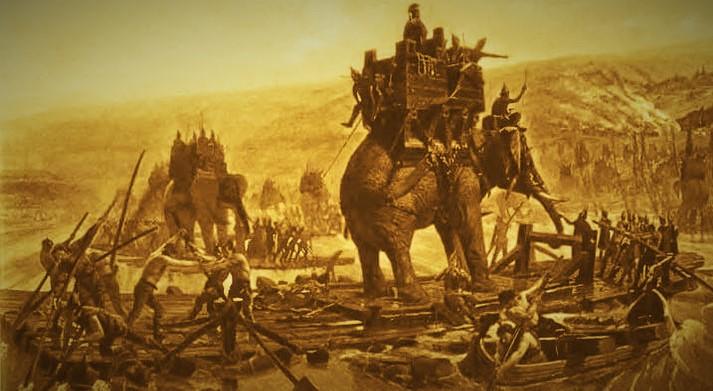
“Keling” however should not be mistaken as a particular territory, as it just plainly refers to Indians whom originated from India centuries ago ( also referred to as Kalingga). For example, the Indonesian colonial era refers to the Ramayana epic as Rama Keling, meaning “Rama the Indian”.
To refer to the Indian inhabitants of Malacca, the Dutch and British called them “Clings”, “Klingers”and ‘Klings” referring to the immigrants from India.
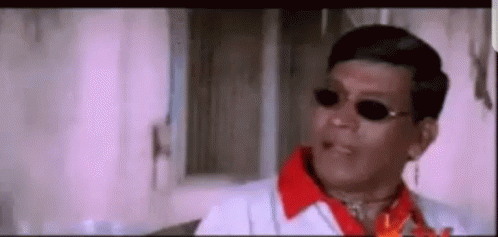
John Crawfurd (1856) stated that the Malays and the Javanese used the term “Kling” as a common word for all the people of Hindustan (North India) and as well as for the state of India.
That being said, we should also take note that over time the word “Keling” has lost its initial meaning and is used more as a provocative word towards the Indian community. This word has more of a NEGATIVE connotation now sadly.
Let us not condone to any form of slur or a derogatory act using the word “Keling” as we strongly believe racism and discrimination should STOP.
The intent of this article is to Share the historical aspects of the word “kelIng” With the community and the younger generation.
Follow us on Instagram, Facebook or Telegram for more updates and breaking news.


